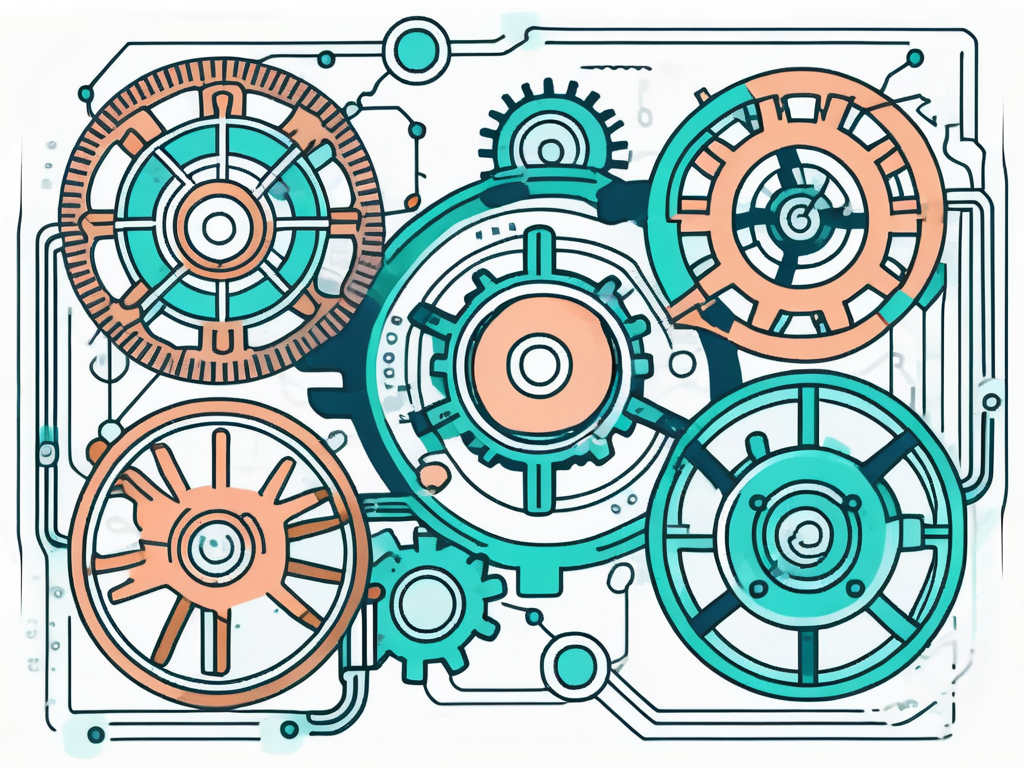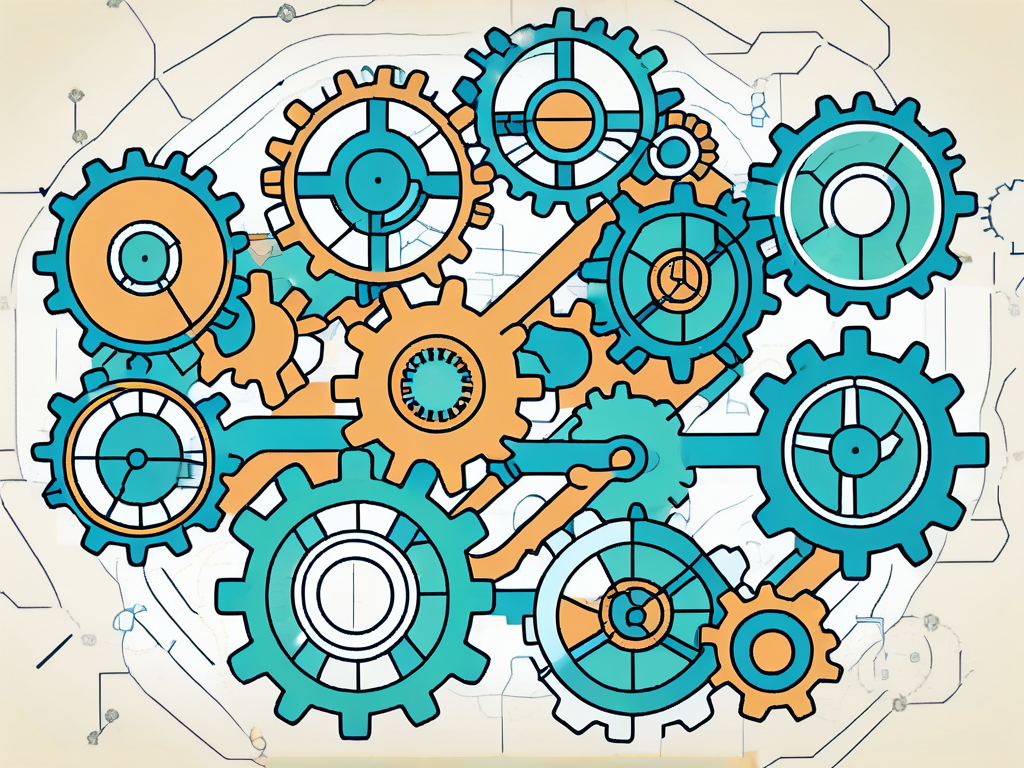In the complex and ever-evolving world of healthcare, the pharmaceutical supply chain plays a crucial role in ensuring the availability of necessary drugs, reducing healthcare costs, and enhancing patient safety. This interconnected network of manufacturers, wholesalers, distributors, pharmacies, and healthcare providers ensures that patients have access to the medications they need, when they need them.
The Importance of the Pharmaceutical Supply Chain
Ensuring Drug Availability:
One of the primary objectives of the pharmaceutical supply chain is to ensure that medications are readily available to patients. This involves the careful coordination of various stakeholders, from the manufacturers who produce the drugs to the pharmacies and healthcare providers who dispense them. By streamlining the supply chain, patients can have peace of mind knowing that the medications they rely on will be accessible and in stock.
Reducing Healthcare Costs:
In addition to ensuring drug availability, the pharmaceutical supply chain also plays a vital role in managing healthcare costs. By optimizing the efficiency of the supply chain, unnecessary expenses can be minimized, leading to more affordable medications for patients. Through strategic partnerships and effective inventory management, healthcare providers can avoid excessive costs associated with overstocking or shortages.
Enhancing Patient Safety:
Patient safety is a top priority within the pharmaceutical supply chain. From the manufacturing process to the delivery of medications, stringent quality control measures are in place to ensure that drugs are safe and reliable. The traceability of the supply chain allows for improved accountability, reducing the risk of medication errors and ensuring that patients receive the right medications at the right time.
Furthermore, the pharmaceutical supply chain is crucial in ensuring the integrity and authenticity of medications. With the rise of counterfeit drugs in the market, it is essential for the supply chain to implement robust tracking and verification systems. By utilizing technologies such as blockchain and RFID tags, the pharmaceutical industry can enhance transparency and traceability, safeguarding patients from harmful counterfeit products.
Moreover, the supply chain plays a significant role in promoting sustainability within the pharmaceutical sector. By implementing eco-friendly practices such as optimizing transportation routes and reducing packaging waste, companies can minimize their environmental impact. Sustainable supply chain management not only benefits the planet but also enhances the reputation of pharmaceutical companies as responsible corporate citizens.
Key Components of the Pharmaceutical Supply Chain
Manufacturers:

At the heart of the pharmaceutical supply chain are the manufacturers, responsible for developing and producing medications. These companies invest significant resources in research and development, ensuring the effectiveness and safety of their products. Manufacturers work closely with regulatory agencies to comply with strict quality standards and ensure the integrity of their supply chain.
Manufacturers employ teams of scientists, chemists, and engineers who collaborate to create innovative drugs that address various medical needs. The process of drug development involves rigorous testing in laboratories and clinical trials to evaluate efficacy and safety. Once a medication receives regulatory approval, manufacturers scale up production to meet market demand, utilizing state-of-the-art manufacturing facilities and quality control measures.
Wholesalers and Distributors:
Wholesalers and distributors play a critical role in connecting manufacturers with pharmacies and healthcare providers. They serve as intermediaries, responsible for the efficient distribution of medications across the supply chain. With extensive logistics networks, wholesalers and distributors ensure that drugs reach their intended destinations in a timely and secure manner.
Wholesalers leverage advanced technology and inventory management systems to track shipments, manage stock levels, and coordinate deliveries to different healthcare facilities. They work closely with manufacturers to forecast demand, optimize shipping routes, and maintain proper storage conditions to preserve the efficacy of medications. Additionally, wholesalers adhere to regulatory guidelines to prevent counterfeit drugs from entering the supply chain, implementing stringent security measures and verification processes.
Pharmacies and Healthcare Providers:
Pharmacies and healthcare providers are the last link in the pharmaceutical supply chain before medications are dispensed to patients. These entities receive medications from wholesalers and distributors and ensure their proper storage, safe handling, and accurate dispensing. Pharmacies also play a vital role in patient education, providing information on proper medication usage and potential side effects.
Pharmacies employ pharmacists and pharmacy technicians who undergo rigorous training to accurately dispense medications, counsel patients on drug interactions, and promote medication adherence. These healthcare professionals collaborate with prescribers to ensure appropriate medication therapy for patients, conducting medication reviews and monitoring for adverse reactions. Pharmacies also implement quality assurance protocols to verify the authenticity of medications, maintain cleanliness in dispensing areas, and comply with regulatory requirements to safeguard patient health.
The Role of Regulatory Agencies in the Pharmaceutical Supply Chain
Ensuring Quality and Safety:

Regulatory agencies, such as the Food and Drug Administration (FDA) in the United States, play a crucial role in overseeing the pharmaceutical supply chain. They establish and enforce strict regulations that govern drug manufacturing, distribution, and labeling to ensure the quality and safety of medications. Through rigorous inspections and thorough approval processes, regulatory agencies are the guardians of patient well-being.
Monitoring Drug Distribution:
Regulatory agencies also monitor the distribution of medications within the supply chain. They track the movement of drugs from manufacturers to wholesalers, distributors, and ultimately to pharmacies and healthcare providers. This monitoring ensures that medications are handled and transported in accordance with regulatory standards, safeguarding their integrity and effectiveness.
Enforcing Compliance and Ethics:
Another vital role of regulatory agencies is to enforce compliance and ethics within the pharmaceutical supply chain. They investigate and penalize any violations of regulations, ensuring that all stakeholders adhere to established guidelines. By promoting ethical practices and deterring misconduct, regulatory agencies help maintain the trust and integrity of the supply chain.
Moreover, regulatory agencies collaborate with international counterparts to harmonize standards and regulations across borders. This global cooperation is essential in ensuring the consistency and safety of pharmaceutical products in an increasingly interconnected world. By sharing best practices and aligning regulatory frameworks, agencies work together to address challenges such as counterfeit drugs and cross-border supply chain disruptions.
Additionally, regulatory agencies conduct post-market surveillance to monitor the safety and efficacy of medications once they are available to the public. Through adverse event reporting systems and ongoing research, these agencies gather real-world data to identify any emerging risks or trends that may impact patient health. This proactive approach allows regulatory agencies to swiftly respond to potential issues and make informed decisions to protect public health.
Challenges in the Pharmaceutical Supply Chain
Counterfeit Medicines:

Counterfeit medicines pose a significant threat to the pharmaceutical supply chain. These fake medications can be ineffective, unsafe, or even lethal. To combat counterfeits, stakeholders must implement robust traceability systems that allow for the verification of product authenticity every step of the way. Advanced technologies, such as blockchain, are being explored to enhance transparency and prevent the infiltration of counterfeit medicines.
Supply Chain Inefficiencies:
Supply chain inefficiencies, such as delays or disruptions in the transportation of medications, can lead to shortages or stockouts. These inefficiencies can arise from factors such as inadequate infrastructure, poor coordination among stakeholders, or unexpected events like natural disasters. To address these challenges, supply chain stakeholders must collaborate closely, utilizing data-driven approaches and predictive analytics to optimize the flow of medications.
Regulatory Compliance:
Complying with regulatory requirements throughout the pharmaceutical supply chain can be demanding. The constantly evolving nature of regulations, varying across different jurisdictions, adds complexity to the process. To navigate these challenges, stakeholders need to invest in robust compliance management systems and stay informed about regulatory updates. By prioritizing compliance, the integrity of the supply chain can be maintained, and patient safety assured.
Emerging Technologies:
As the pharmaceutical industry continues to evolve, emerging technologies are playing a crucial role in revolutionizing the supply chain. For instance, the Internet of Things (IoT) is enabling real-time monitoring of temperature-sensitive medications during transportation, ensuring their efficacy and quality. Additionally, artificial intelligence (AI) and machine learning algorithms are being employed to analyze vast amounts of supply chain data, identifying patterns and predicting potential disruptions before they occur. By embracing these technologies, stakeholders can proactively address challenges and enhance the efficiency of the pharmaceutical supply chain.
Collaborative Partnerships:
Recognizing the interconnected nature of the pharmaceutical supply chain, stakeholders are increasingly forming collaborative partnerships to overcome challenges collectively. These partnerships involve not only pharmaceutical manufacturers and distributors but also healthcare providers, regulatory agencies, and technology providers. By leveraging the expertise and resources of each partner, the supply chain can be strengthened, ensuring a seamless flow of medications from production to patient.
As the healthcare landscape continues to evolve, understanding the fundamentals of the pharmaceutical supply chain is vital. By recognizing the importance of drug availability, cost reduction, and patient safety, stakeholders can work together to optimize the supply chain, ensuring that patients receive the medications they need efficiently and reliably.




